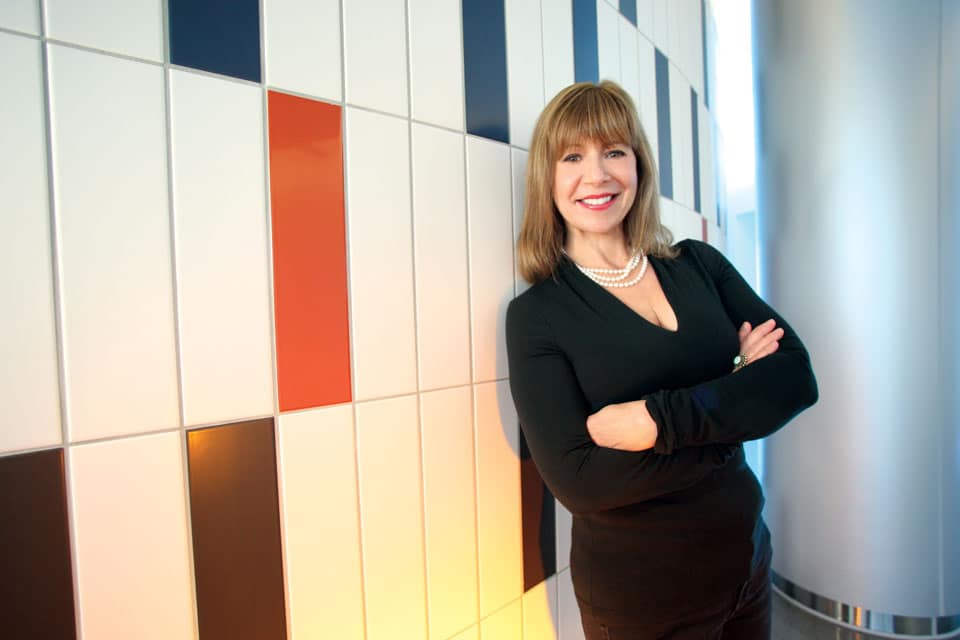Widen Your Idea Lens to Generate Worthwhile Ideas

Groupthink is stealth. Beware. Diversity, equity and inclusion (DEI) combat groupthink, which is a mode of thinking that occurs when individuals of a highly cohesive, insular group or an in-group strive for consensus and might avoid or override alternate viewpoints, ideas, actions, or dissent. Also, an in-group might be unfamiliar with outside perspectives, unwilling or reluctant to engage with external experts, and reluctant to explore or engage in debate.
Irving Janis, social psychologist, identified the phenomenon of groupthink in Victims of Groupthink: A psychological study of foreign-policy decisions and fiascoes (Houghton Mifflin, 1972). Janis defines groupthink “as a psychological drive for consensus at any cost that suppresses dissent and appraisal of alternatives in cohesive decision making groups” (Janis, 1982, p.1). Since Janis’ theory, there have been many studies of groupthink as it relates to flawed conclusions and outcomes.
To avoid the homogeneity of groups insulated from a variety of viewpoints and to capitalize on different perspectives, build a diverse and inclusive workforce and teams. If diverse groups allow for an open, respectful sharing of knowledge that favors the prepared mind, creative thinking and ultimately more imaginative solutions.
“In recent years a body of research has revealed another, more nuanced benefit of workplace diversity: nonhomogenous teams are simply smarter. Working with people who are different from you may challenge your brain to overcome its stale ways of thinking and sharpen its performance,” according to psychologist Heidi Grant and David Rock, cofounder of the Neuroleadership Institute.
Adam Galinsky, vice dean for diversity, equity, and inclusion and professor, Columbia Business School, has conducted extensive research supporting the claim that diversity yields creativity and innovative thinking. In one study, Galinsky and his colleagues found that people who have deep relationships with someone from another country become more creative and score higher on routine creativity tests. In a field study, Galinsky and his colleagues studied esteemed fashion designers from major fashion houses who had immersed themselves in different cultures. They found the time spent in a different culture “predicted their entire fashion line creativity.”
Cellist Yo-Yo Ma conceived Silkroad, an ensemble of diverse musicians. Silkroad is “a model for cultural collaboration—for the exchange of ideas, tradition, and innovation across borders.”
In Ma’s speech “Art for Life’s Sake,” he used a biology metaphor to make an important point about diversity, which he called “the edge effect”: “Let’s take my favorite example of creativity from science. In ecology, where two ecosystems meet, such as the forest and the savannah, the point of intersection is the site of ‘edge effect.’ In that transition zone, because of the influence the two ecological communities have on each other, you find the greatest diversity of life, as well as the greatest number of new life forms.”
If you view your ideas from other perspectives, you will begin to see how age, gender identity and expression, neurodivergence, culture, race, ethnicity, religion, socioeconomics, or community characteristics might affect and ultimately amplify your concept. Not only will you get unfamiliar perspectives from a diverse group, but you likely will get different problem-solving input as well. When you augment your idea or your ideation process with DEI, you will find valuable insights into other people that will lead you to more ideas, better ideas, more significant ideas.
Written by Robin Landa.
Have you read?
Study: Music successful CEOs and c-level executives listen to when they want to be more productive in 2023.
Which are the healthiest countries in the world for 2023?
Best Business Schools In The World For 2023.
Allen and Atherton, the Tax Advisors, Sports Stars, and Celebrities Turn To Them for Help.
Bring the best of the CEOWORLD magazine's global journalism to audiences in the United States and around the world. - Add CEOWORLD magazine to your Google News feed.
Follow CEOWORLD magazine headlines on: Google News, LinkedIn, Twitter, and Facebook.
Copyright 2025 The CEOWORLD magazine. All rights reserved. This material (and any extract from it) must not be copied, redistributed or placed on any website, without CEOWORLD magazine' prior written consent. For media queries, please contact: info@ceoworld.biz








